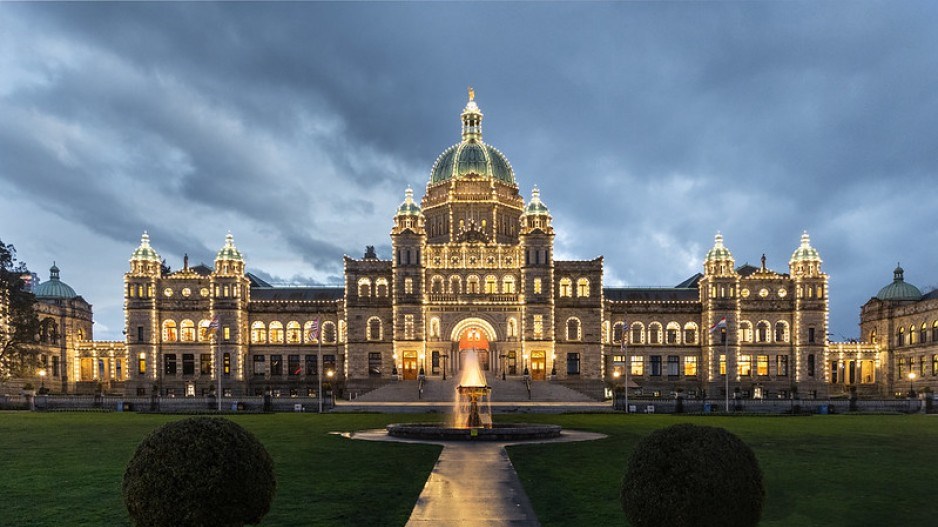As budget season approaches, the British Columbia government is about to be rocked by a debt boom that will drive up interest costs – and will stick taxpayers with the bill.
By March 31, the Eby government’s net debt (total debt minus financial assets) will reach a projected $74.7 billion or $13,760 per person.
As a result, in this fiscal year (2023-24) the government’s debt interest costs will reach $3.3 billion. That’s more than the government expects to gain in revenue from the provincial carbon tax ($2.7 billion) and almost as much as British Columbians will pay this year in property taxes ($3.6 billion). And remember, money spent servicing the debt is money unavailable for priorities such as health care, education or even tax relief.
Moreover, over the next three years, the Eby government will accumulate a projected $5,315 per person in new provincial net debt (adjusted for inflation), dwarfing levels accumulated during the COVID recession ($1,680 per person) and the 2008-09 financial crisis ($3,438 per person). In other words, Premier David Eby’s government plans to accumulate more debt per person over the next three years than the province did during the 2008-09 and 2020 recessions combined.
What’s causing this debt boom? Simply put, the provincial government has markedly increased spending.
From 2000-01 to 2016-17, B.C. saw an extended period of spending restraint by the provincial government. During this time the annual growth rate for per-person spending (adjusted for inflation) was 0.5 per cent. This allowed the province to avoid significant debt accumulation and run 11 budget surpluses over those 17 years.
Since 2017, however, the provincial government has increased annual per-person spending at a much faster rate – specifically, 4.7 per cent annually – sparking a new era of sizable deficits and higher debt accumulation, which the current government plans to continue. Consequently, according to the government’s projections, provincial net debt will equal 22.5 per cent of the B.C. economy by 2025-26.
Had the current provincial government simply maintained the spending restraint seen during most of the first two decades of this century, that number would be at a much-smaller 4.9 per cent.
For two decades, the B.C. government carried a relatively small debt burden compared to other provinces in Canada, but a debt boom is coming. To avoid a prolonged boom, and the costs that would imposed on taxpayers, the Eby government should in its upcoming budget rediscover the spending restraint that served the province well for so many years.
Grady Munro and Jake Fuss are fiscal policy analysts at the Fraser Institute.



